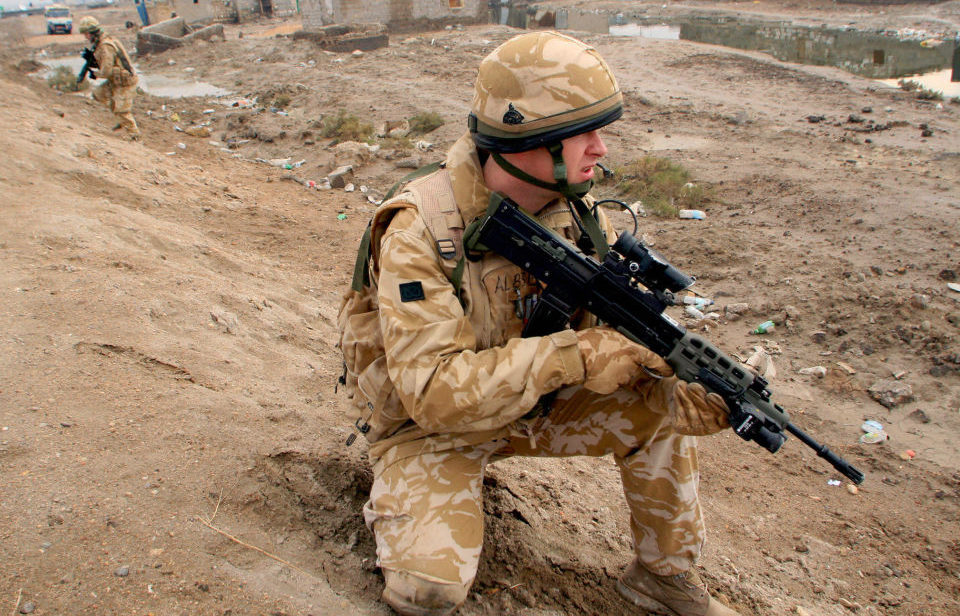Throughout history, even the most dominant weapons eventually fall out of favor. This constant drive to develop the latest and greatest tools of war is a relentless pursuit for nations. Take the bayonet, for example. Debuting in 17th century China, it became a mainstay on battlefields for centuries, offering soldiers the versatility of both ranged and close-quarter combat.
Fast forward to the 21st century, and British troops in Iraq were caught off guard in 2004 when, after years of disuse, they were ordered to fix bayonets during the Battle of Danny Boy.
Britain’s involvement in the Iraq War
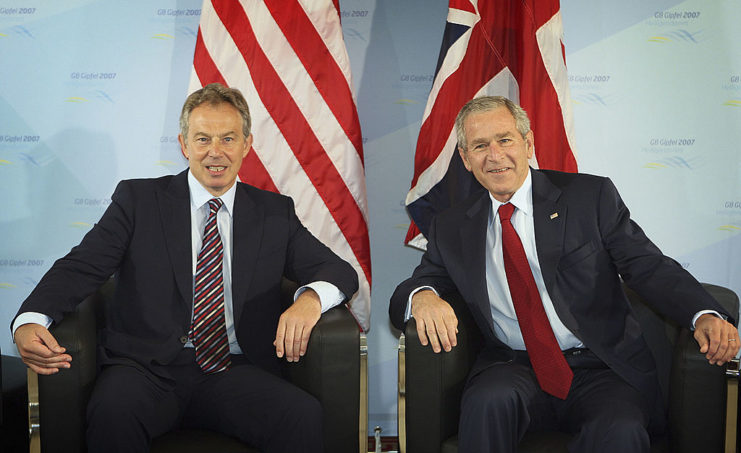
In 2003, a coalition of nations invaded Iraq. The largest part of the force consisted of 130,000 American troops. The United Kingdom also participated, sending 45,000 soldiers. US President George W. Bush and British Prime Minister Tony Blair issued a joint statement that read, “[The goal is to] disarm Iraq of weapons of mass destruction, to end Saddam Hussein’s support for terrorism, and to free the Iraqi people.”
Iraqi insurgents weren’t happy about the presence of international troops, who themselves had to be extra vigilant. They were in an unknown country and attacks could come from anywhere. Speaking with the BBC, British Sgt. Brian Wood of A Company, 1st Battalion, the Princess of Wales’s Royal Regiment, said, “We were constantly under attack. If mortars weren’t coming into our base, then we were dragged out into the city to help other units under fire.”
The Battle of Danny Boy
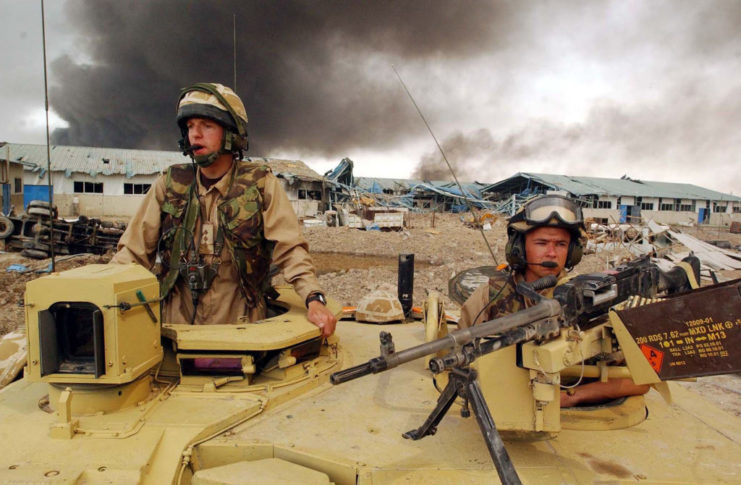
In mid-May of 2004, insurgents in Iraq targeted a patrol of the Argyll and Sutherland Highlanders near a checkpoint nicknamed “Danny Boy,” sparking the fight that would bear its name. As Sergeant Wood recounted, “We heard that there’d been an incident with the Argyll and Sutherland Highlanders, and someone had been hit by a grenade and another had been shot in the arm. Our role was to extract them.”
Initially feeling secure within their armored shell, British reinforcements arrived in a hulking Warrior vehicle. However, their sense of safety was shattered as the vehicle was ambushed by no less than three Mahdi Army insurgent groups. Forced to abandon their temporary shelter, the troops dismounted and confronted their attackers head-on.
An unusual command
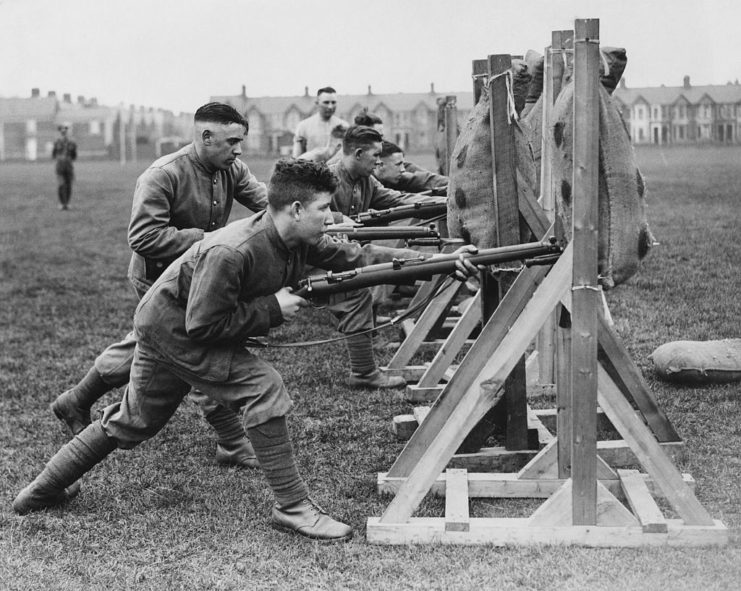
Once the troops left their tank, they received a strange command from leadership: fix your bayonets to your SA80 rifles. The era of using bayonets on a battlefield had long since passed. In fact, the last time the British military had used fixed bayonets was during the Falklands War in 1982.
Sgt. Wood recalls, “We’ve got a lot of firepower with the Warrior, so I’d never dreamt we would be told to dismount and engage in close-quarter battles. It hadn’t happened since the Falklands War and fighting in the trench with the enemy down at your feet was an experience I’ll never forget.”
The soldiers needed the bayonets, too. Over the next few hours, they fought in open terrain against a strong adversary, but in the end, they prevailed.
Claims of abuse were levied against British troops
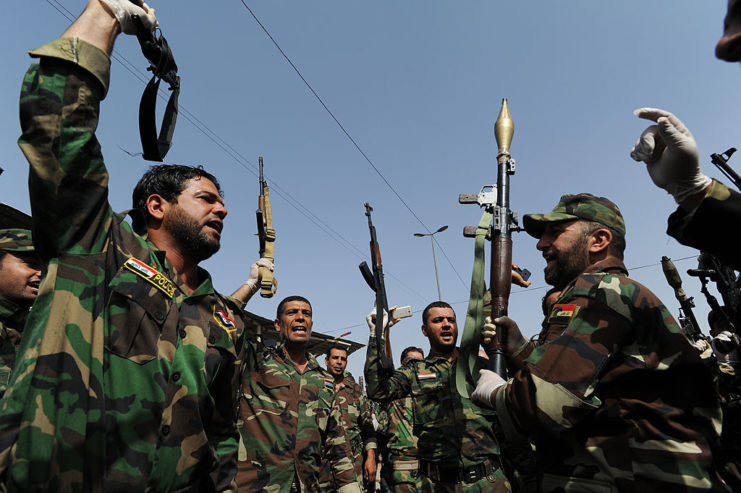
Despite the length of the battle and the weapons associated, the British amazingly lost no soldiers during the Battle of Danny Boy. It was a different story for the Iraqi insurgents. The Mahdi Army had begun the battle with around 100 men. Of those fighters, 28 were killed. A number were also taken prisoner.
Years later, there was a call for an investigation into the treatment of those prisoners. The resulting probe was known at the Al-Sweady Inquiry.
Al-Sweady Inquiry
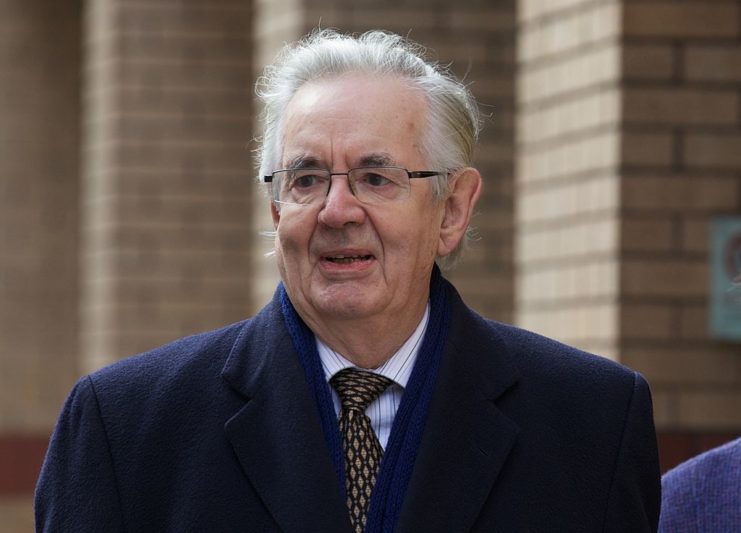
The Al-Sweady Inquiry began in 2009, after it was alleged British troops had murdered 20 prisoners and mistreated those who didn’t die. Among the allegations was that the troops had used interrogation techniques that breached human rights laws, which led lawyers for some of the detainees to ask for an independent public inquiry.
This request was granted, at a total cost of £25 million pounds. Hearings for the inquiry began in March 2013, and a year later, a British law firm acting on behalf of the families of the dead Iraqi insurgents announced it would be withdrawing the allegations, as there was no evidence the deceased had been alive when taken into British custody.
More from us: US Army Rangers Engaged a Local Gang in a Fierce Gunfight on the Streets of Tacoma
The same was found when the results of the inquiry were made public. It revealed no hostages were murdered and that the bodies of those who had been killed in the battle had been identified and returned to their families. It was found that the nine hostages who had been taken were mistreated, but not tortured.
